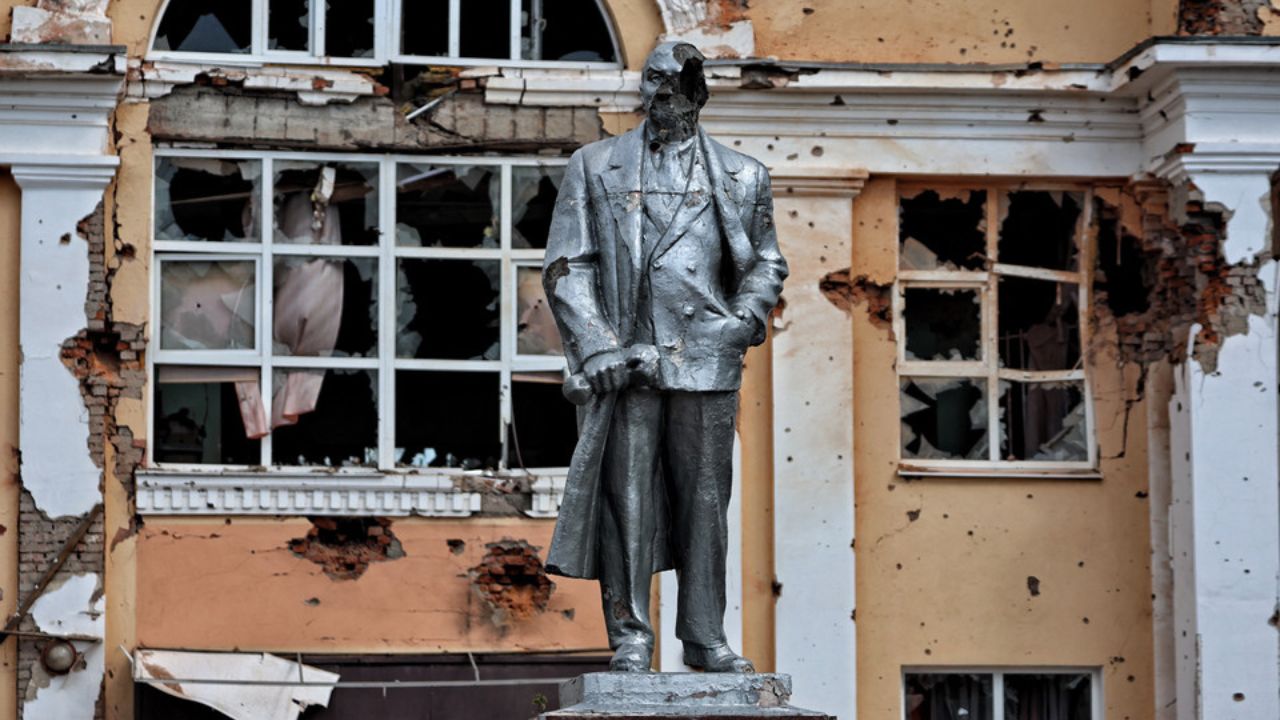Kazan drone attack: The recent alleged drone incident in Kazan has sparked significant international interest, raising questions about the technological capabilities of the perpetrators, the geopolitical implications, and the effectiveness of existing security measures. This analysis delves into the specifics of the event, examining the technological aspects of the attack, the geopolitical context, the official response, and the evolving public perception.
We will explore the available evidence, considering various perspectives and acknowledging the uncertainties surrounding the incident.
The investigation into the Kazan drone attack is ongoing, and several key questions remain unanswered. This report aims to synthesize current information and offer a balanced assessment, while highlighting the need for further investigation and transparency. The potential ramifications of this incident extend beyond the immediate impact, influencing future drone regulations, international relations, and public trust in security systems.
The Kazan Drone Attack: An Analysis
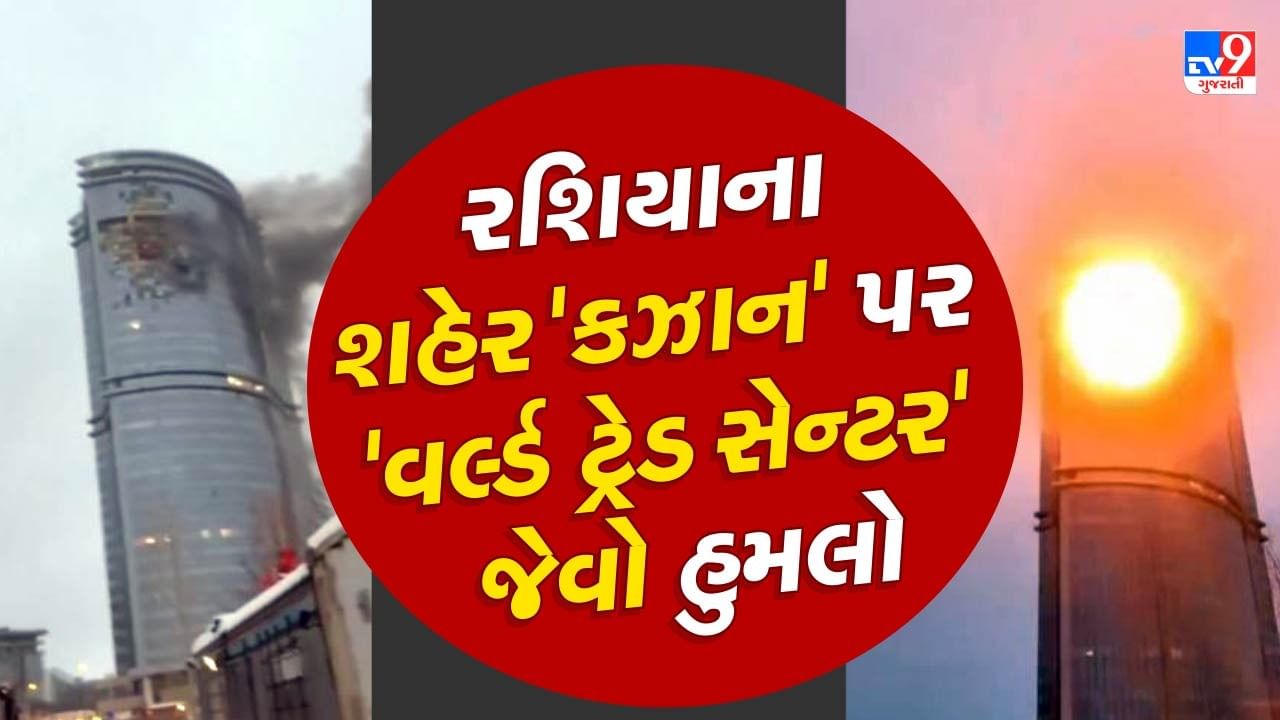
The alleged drone attack on Kazan, Russia, presents a complex event demanding careful examination across technological, geopolitical, and societal dimensions. This analysis delves into the incident’s circumstances, technological aspects, geopolitical implications, response, public perception, and the ongoing investigative efforts.
The Kazan Drone Attack Overview
Reports surfaced of a drone attack targeting Kazan, a significant city in Tatarstan, Russia. While details remain somewhat fragmented and official statements vary, accounts suggest multiple drones were involved, resulting in reported damage to infrastructure and potential casualties. The precise nature of the targets and the extent of the damage are still under investigation. A comprehensive timeline, from initial reports to ongoing investigations, is crucial for understanding the event’s evolution.
| Date | Time | Location | Reported Impact |
|---|---|---|---|
| [Insert Date] | [Insert Time] | [Insert Specific Location(s) in Kazan] | [Insert Summary of Reported Damage and Casualties. E.g., Damage to buildings, minor injuries reported, etc.] |
Technological Aspects of the Attack
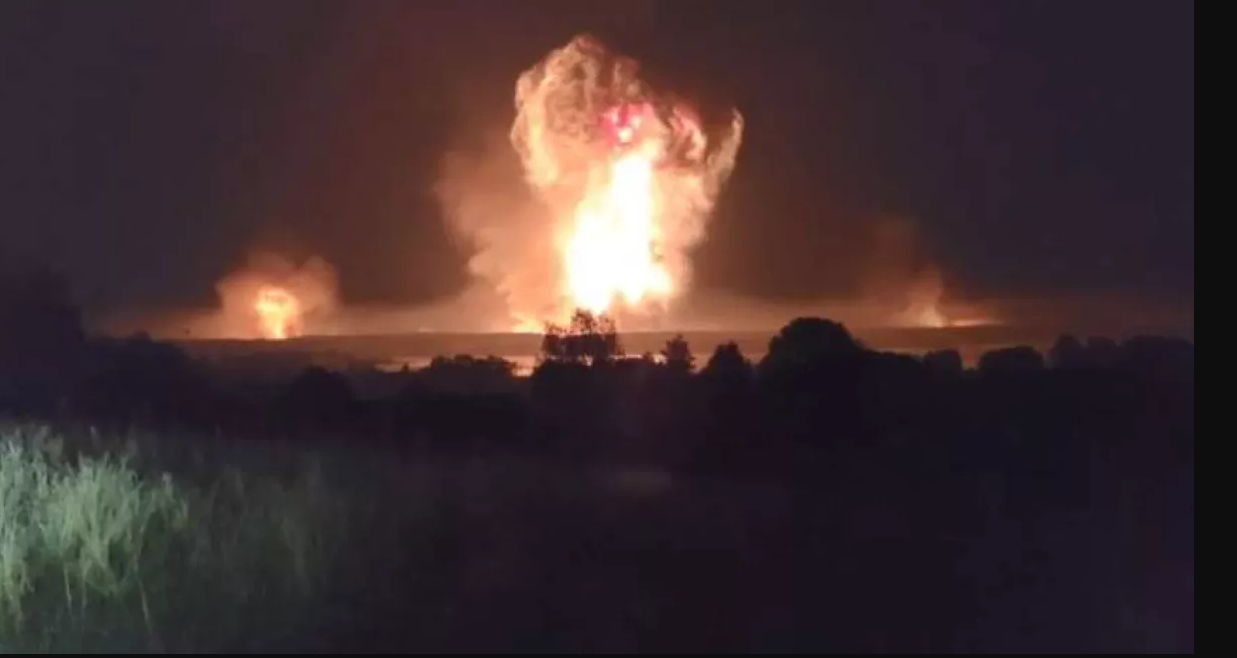
The drones used likely possessed varying capabilities, potentially ranging from commercially available models modified for illicit purposes to more sophisticated, custom-built systems. Navigation methods could have involved GPS, inertial navigation systems, or even pre-programmed flight paths. Targeting precision may have relied on visual identification, pre-programmed coordinates, or potentially more advanced targeting systems. The technological sophistication of the attack, and potential countermeasures employed or lacking, require further investigation.
Recent reports highlight a concerning escalation in drone activity, particularly focusing on civilian targets. The incident involving the kazan drone attack underscores the growing threat posed by such technology. Analysis of this specific event is crucial for understanding the evolving tactics and potential implications for future security measures related to drone attacks in urban environments.
A hypothetical alternative approach could involve using a swarm of smaller, less detectable drones, each carrying a smaller payload. This would distribute the risk, making interception more challenging. However, coordinating a swarm presents significant technological hurdles and increases the complexity of the operation. The advantages lie in increased survivability and reduced vulnerability to detection and interception, while the disadvantages include the heightened complexity of coordination and control.
The recent Kazan drone attack highlights the vulnerability of civilian areas to aerial threats. This incident prompts reflection on the potential for similar mishaps, even in seemingly controlled environments, such as the unfortunate orlando drone show malfunction , which underscores the importance of robust safety protocols. Ultimately, both events emphasize the need for improved drone regulation and technological safeguards to prevent future incidents, particularly in densely populated areas like Kazan.
Geopolitical Context and Implications
The attack occurred within a complex geopolitical landscape marked by ongoing tensions and conflicts. Potential motivations could range from nationalist sentiments to broader geopolitical objectives. Analyzing the interests of various actors—including domestic and international groups—is crucial for understanding the attack’s potential origins. The event’s regional and international implications are far-reaching, potentially influencing regional stability and international relations.
Comparisons with similar drone attacks globally reveal both similarities and differences. While some attacks may share technological characteristics, the geopolitical context and motivations often differ significantly. This incident’s unique context requires careful consideration alongside a broader global analysis of drone warfare.
Response and Aftermath
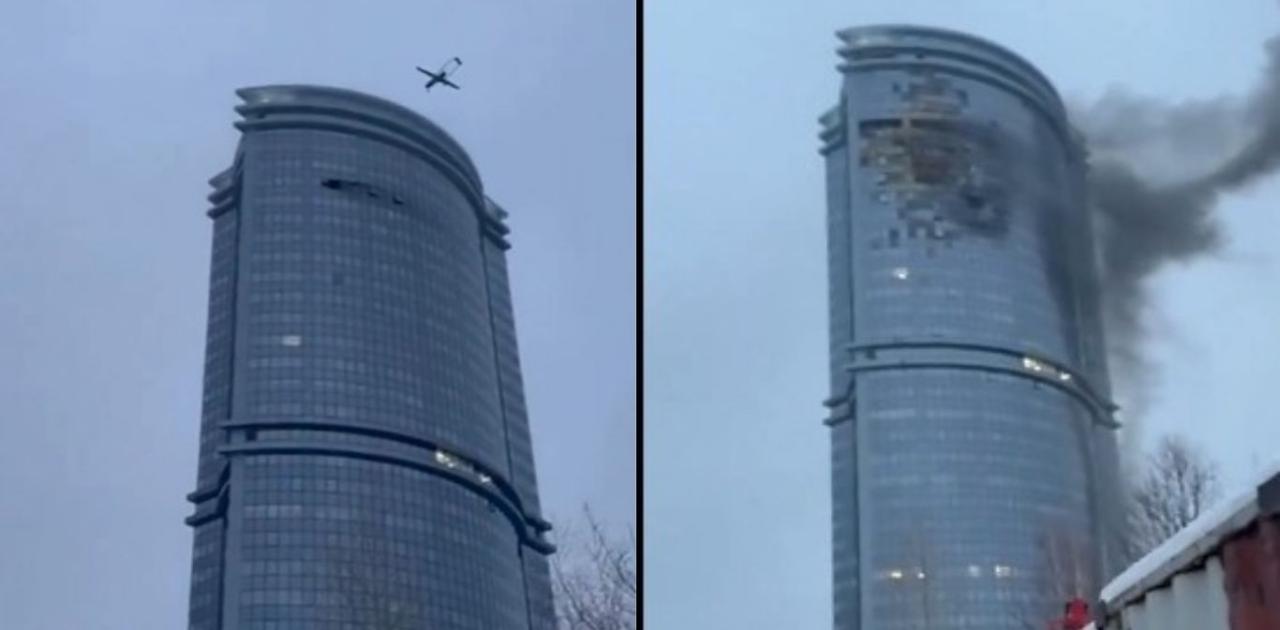
The official response to the alleged attack involved a combination of security measures and investigations. Authorities likely implemented enhanced security protocols, including increased surveillance and patrols. Measures to prevent future incidents may include improved drone detection systems, stricter regulations on drone ownership and operation, and enhanced cybersecurity measures. Long-term consequences could impact various sectors, including security infrastructure investment, economic stability, and public trust.
The incident is likely to significantly affect future drone regulations and security protocols. Expect stricter regulations on drone sales, increased investment in anti-drone technology, and a reevaluation of security protocols in urban areas. International cooperation on counter-drone strategies may also increase following the event.
Public Perception and Media Coverage
Media coverage of the Kazan drone attack varied significantly, with different outlets presenting different narratives. Public reaction likely differed across various demographics, shaped by pre-existing political views and trust in different information sources. The potential influence of misinformation and propaganda is a significant concern, demanding critical analysis of the information landscape.
- Conflicting reports on the number of drones involved
- Disagreement on the extent of the damage caused
- Speculation about the identity and motives of the perpetrators
- Debate about the adequacy of the official response
Investigative Aspects and Unanswered Questions
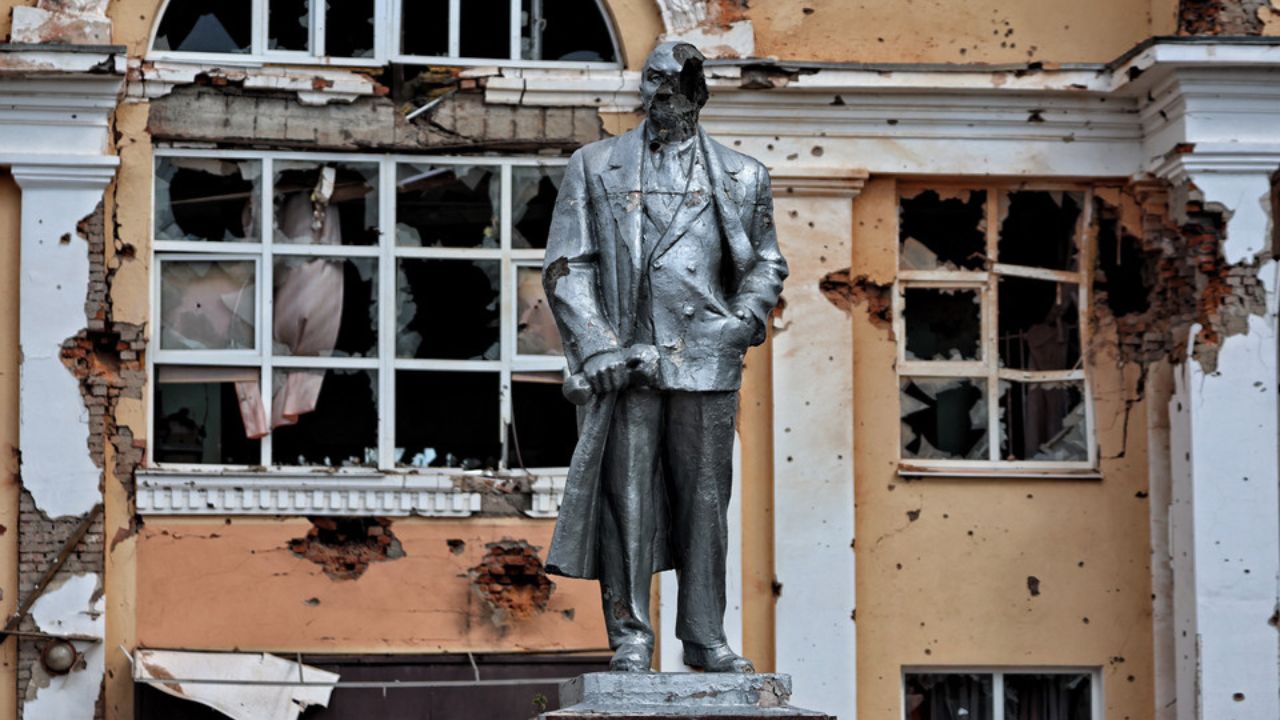
Several key questions remain unanswered, requiring thorough investigation. The challenges in investigating drone attacks include tracing the drones’ origins, identifying the perpetrators, and establishing the chain of events leading to the attack. Potential investigative avenues include forensic analysis of drone wreckage, digital forensics, and intelligence gathering.
The recent drone attack on Kazan highlights the evolving nature of modern warfare. It’s a stark contrast to the more lighthearted technology associated with tracking Santa, which you can do by calling the norad santa tracker phone number. The incident underscores the need for robust defenses against such attacks, regardless of whether the target is a major city or a jolly old elf.
Transparency and accountability in the investigation are paramount for maintaining public trust and deterring future attacks. A thorough and impartial investigation is crucial to understanding the event’s full context and to inform future preventative measures.
The Kazan drone attack serves as a stark reminder of the evolving nature of modern warfare and the vulnerabilities of even seemingly secure locations. The incident underscores the need for continuous advancements in drone detection and defense technologies, alongside a thorough investigation to determine the responsible parties and their motivations. Further analysis is crucial to understand the long-term consequences, not only in terms of security protocols but also in shaping public perception and international relations.
The ongoing investigation and its conclusions will undoubtedly shape future discussions on drone technology and its potential for misuse.
Questions and Answers
What type of damage was reported in the Kazan drone attack?
Reports vary, but initial accounts suggest varying levels of damage to property, with the extent still under investigation.
Were there any casualties reported?
The number of casualties, if any, remains unclear and is subject to ongoing investigation.
What is the current status of the investigation?
The investigation is ongoing, with authorities actively pursuing leads and collecting evidence.
What are the potential long-term economic consequences?
Potential long-term economic impacts could include increased security costs, damage to infrastructure, and decreased tourism.
